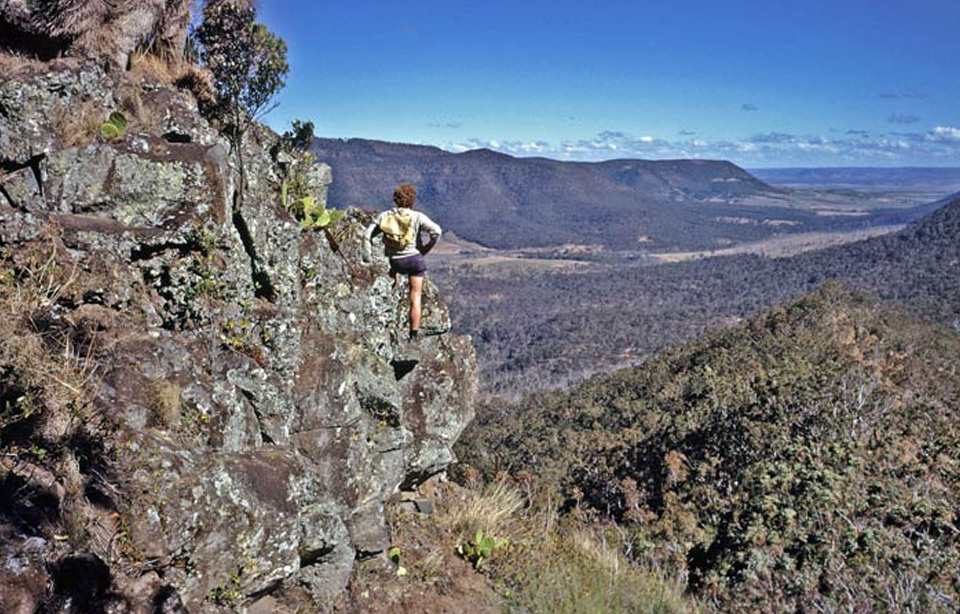My love affair with Trangia began at a very early age. My dad had owned one since before I was born, although he wasn't much of a hiker he is a "Swedophile" and a lover of robust, well made kit.
My early years camping with him and my brother we're more about car camping, we had a two burner stove which was somehow rigged up to the same gas bottle my dad used for his blowtorch. This often led to an ignited hose coming loose and flailing violently around the tent for a few exciting seconds before we could kill the gas and begin firefighting operations. Highly entertaining at the time but on reflection actually quite dangerous. At this time the Trangia was used more for its pots and pans. But as we got older and our holidays became more adventurous, we ditched the giant four person tent, the gas cooker got left at home and the Trangia became the workhorse.
The Trangia company has been around since the mid 1920's; founded in Sweden by John E. Jonsson and his father-in-law, they started out making household cookware and also developed a range of camping sets, kettles, mess tins, fry pans, mugs and plates.
The Trangia name is a shortening of the village name Trångsviken, a small town in Sweden where Trangia is still based, it is combined with the initials "IA" - "I aluminium," translation "out of aluminium" or "in aluminium."
In the late 1940's there we're few truly portable camping stoves. The ones that were available ran on solid fuel tablets in one form or another. There were spirit burning stoves on the market, but these we're intended for indoor use to supplement a wood fuelled stove.
When visiting a sporting goods shop in Östersund Mr. Jonsson was asked if the meta-stoves (a brand of all-in-one solid fuel stoves) were any good. He replied "Yes sure, but it would be better off with a stove that was run with methylated spirits" This became the mission of the Trangia company and lead to the birth of their Storm Cooker.
Their plan for the Trangia stove was simple






















